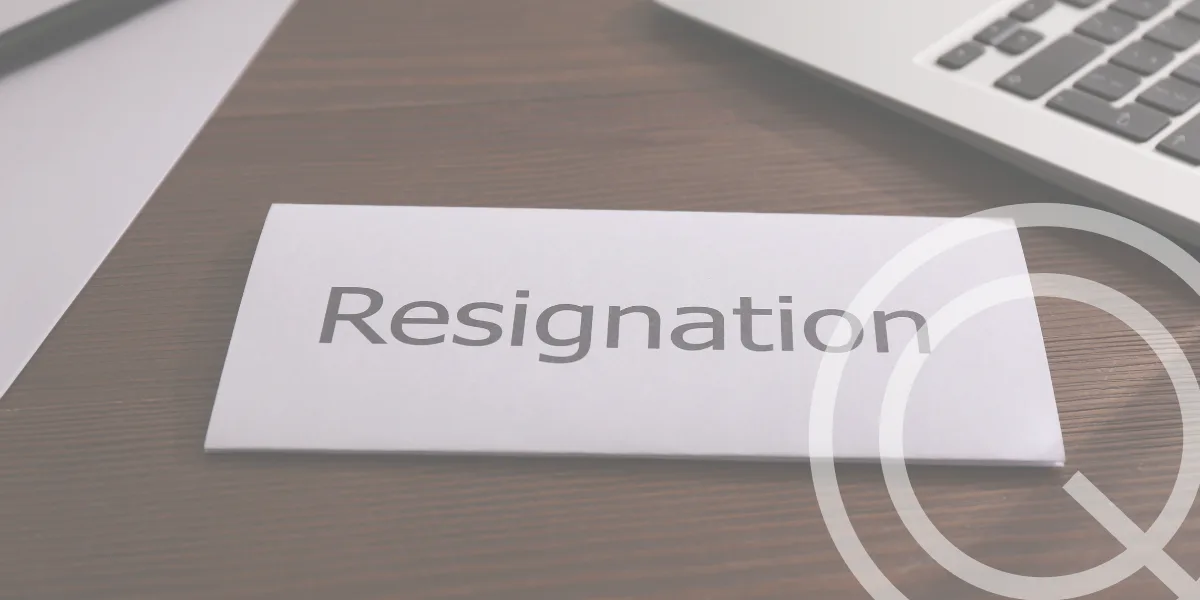Famously dubbed the ‘defamation capital of the world’1, Australia is renowned for its ubiquitous embrace of defamation law and litigation. Between 2014 and 2018, Australia had twice as many libel claims as the United Kingdom, despite having less than half the UK’s population2.
Though rare, workplace investigations are not immune to the risk of defamation claims. Employee complaints precipitating workplace investigations typically include allegations that may harm a person’s reputation. While an unlikely outcome – history tells us that a well-conducted investigation will generally be impervious to a successful defamation claim – the risk of a defamation claim is a valid consideration in a workplace investigation.
We highlight below the elements of Australian defamation law most relevant to workplace investigations and provide some practical tips to diminish the risk of defamation claims.
What is Actionable Defamation in Australia?
Defamation is the publication of material which harms a person’s reputation.
To establish an action for defamation, the following elements must be established:
- A written or spoken communication that is communicated to at least one other person (publication).
- The publication must identify the defamed person (identification).
- The publication must contain one or more defamatory “imputations” – a negative claim about a person that harms their reputation (defamatory matter).
- There must be no lawful excuse for the publication.
Recent Changes to Australian Defamation Laws
In 2005, all Australian states and territories adopted a national approach to defamation law, enacting the uniform Model Defamation Provisions (MDPs) designed to reform Australian defamation laws.
More recently, a national review of the MDPs has resulted in new defamation laws coming into effect on 1 July 2021 in Victoria, New South Wales, South Australia and Queensland3. These are the first Australian states to enact the nationally agreed Model Defamation Amendment Provisions 2020 (MDAPs). The remaining Australian states and territories committed to implementing the new regime as soon as possible after 1 July 2021.
The amendments contained in the MDAPs are the result of a national reform process which aimed to modernise Australia’s defamation laws for the new digital age of social media and online news distribution. Like the MDPs in 2005, the amendments seek to strike a better balance between freedom of expression and the need for individuals to be able to protect their reputation against serious harm in the rapidly changing landscape of the digital age. The new laws also aim to expedite claims before the court and discourage frivolous claims.
What’s new?
While the MDAP amendments are wide ranging, two key amendments are most relevant to workplace investigations: the ‘Serious Harm’ threshold and modifications to the existing ‘Qualified Privilege’ Defence.
1. Serious harm threshold
To succeed in a defamation claim, a claimant must now prove that the publication has caused, or is likely to cause, ‘serious harm’ to their reputation.
The new laws do not define ‘serious harm’. However, UK courts have found that to meet the ‘serious harm’ threshold, published material must carry more than a ‘tendency’ to harm a person’s reputation. Relevant factors considered by UK Courts have included the scale of the publication (such as how many recipients there were), the gravity of the defamatory words and whether the publication has, or is likely to, come to the attention of individuals who know the complainant.
How is this relevant to a Workplace Investigation?
It is likely that Australian courts will examine the actual impact of alleged defamatory statements to assess the degree of harm. The new higher bar of ‘serious harm’ will make defamation more difficult to prove, especially where there is lack of evidence about the actual hardship suffered by the claimant.
The UK case law also highlights the importance of strict confidentiality protocols in a workplace investigation. Appropriate confidentiality controls, and limited disclosure of the investigation, will help employers minimise the scale of the ‘publication’ of potentially defamatory material, thereby limiting the potential for that information to cause harm.
2. Qualified Privilege Defence
Allegations made in a workplace complaint are likely to be inherently defamatory (that is, damaging to a person’s reputation). However, if handled appropriately, they will also be covered by the qualified privilege defence.
A workplace investigation conducted in a procedurally fair manner, is likely to be protected by the defence of qualified privilege.
The defence of qualified privilege exists under common law in Australia, but also has a statutory basis in Australian defamation laws.
To rely on the statutory defence of qualified privilege, a defendant must broadly prove that the recipient of the publication has an interest in having information on the subject, and the defendant’s conduct in publishing that matter is reasonable in the circumstances.
The new model amendments laws provide guidance on what factors the court may take into account when determining if the defendant’s conduct was ‘reasonable’ in the circumstances4. Courts will now consider:
- the seriousness of the defamatory matter;
- the extent to which the matter distinguishes between suspicions, allegations, and proven facts;
- the nature of the business environment in which the defendant operates;
- whether it was appropriate in the circumstances for the matter to be published expeditiously;
- any other steps taken to verify the information in the matter published.
How is this relevant to a Workplace Investigation?
Workplace investigations are usually initiated by an employer to legitimately discharge their fundamental duty of care to staff to both manage and appropriately respond to claims of inappropriate workplace conduct. Employers, therefore, have an interest in the investigation process and appropriate ‘publication’ of that process.
By extension, the purpose of a workplace investigation is to distinguish between suspicion and fact. Workplace investigators should only make findings of fact that are supported by the evidence gathered through a fair process. Accordingly, publications made during a properly conducted workplace investigation will generally be considered ‘reasonable’ publications.
Key Takeaways for Employers
Workplace Investigations are covered by the defence of qualified privilege, rendering the risk of a successful defamation claim connected to a workplace investigation nominal. However, there are some simple strategies employers can adopt to further minimise the risk of a claim of defamation arising from workplace investigations:
- Remind participants of the need to be honest in the information they provide to the investigator.
- Maintain confidentiality of the investigation and documents relating to it.
- Remind participants of the requirement to maintain confidentiality of the investigation.
- Minimise disclosure of the investigation materials and report only to those who ‘need to know’ within the organisation.
- Ensure your organisation has an embedded, well understood and effective complaints process. It is important that staff understand how they can make a complaint and the process to follow, and that they can trust in that process. Providing an accepted method of dealing with complaints will minimise the risk of allegations being spread throughout the workplace.
1 New York Times 5 March 2019, “How Australia Became the Defamation Capital of the World”.
2 Law Society Journal of NSW 24 August 2020.
3 Defamation Act 2005 (Vic), Defamation Act 2005 (NSW), Defamation Act 2005 (SA) and Defamation Act 2005 (Qld).
4 The statutory qualified privilege defence originated in 2005, and has been modified by the MDPAs, which reduced the number of factors a court may take into consideration when determining whether the conduct of the publisher was reasonable.






